Kudzu (Pueraria montana) is a fast-growing, perennial vine belonging to the Fabaceae family. Native to regions spanning Asia to Northern Australia, this hardy plant is widely recognized for its rapid growth and adaptability. While kudzu is often regarded as an invasive weed due to its ability to outcompete and overshadow other species, it also has practical uses. In certain cultures, kudzu serves as a food source for both humans and animals, showcasing its versatility. Its resilience and ease of care have contributed to its reputation as a robust plant, albeit one that requires careful management in many environments.
| Common name | Kudzu |
| Botanical name | Pueraria montana |
| Family | Fabaceae |
| Species | montana |
| Origin | Asia to Northern Australia |
| Life cycle | Perennial |
| Plant type | Perennial |
| Hardiness zone | 5, 6, 7, 8, 9, 10 |
| Sunlight | Full Sun |
| Maintenance | High |
| Soil condition | Clay |
| Soil ph | Acid |
| Drainage | Well-Drained |
| Growth rate | Fast |
| Harvest time | Fall |
| Flowering period | Fall |
| Height | 3- 100 ft. |
| Flower color | Lavender, Purple |
| Leaf color | Green |
| Fruit color | Brown, Copper |
| Fruit type | Legume |
| Flower benefit | Fragrant |
I. Appearance and Characteristics
Pueraria montana is a species of plant in the botanical family Fabaceae. At least three sub-species (alternatively called varieties) are known. It is closely related to other species in the genus Pueraria (P. edulis and P. phaseoloides) and the common name kudzu is used for all of these species and hybrids between them. The morphological differences between them are subtle, they can breed with each other, and it appears that introduced kudzu populations in the United States have ancestry from more than one of the species.
The Latin specific epithet montana refers to mountains or coming from mountains.
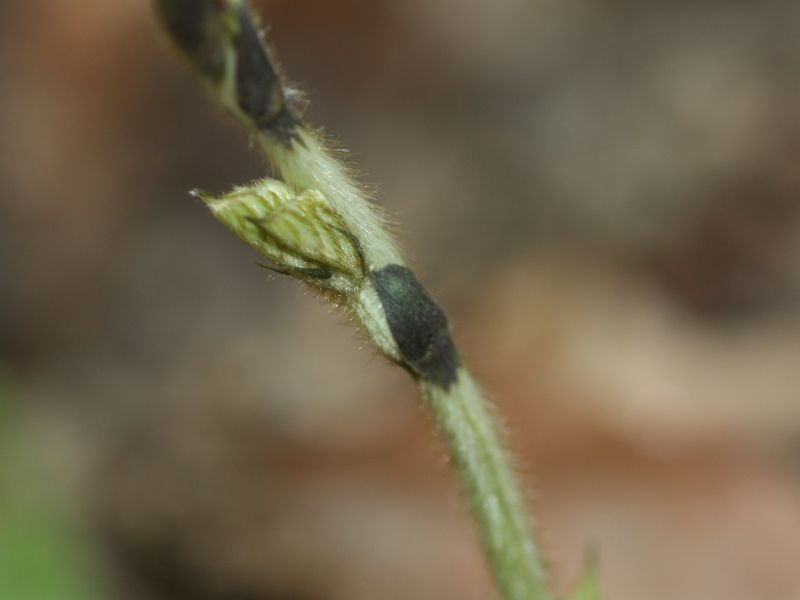
It is a seasonal climbing plant, growing high where suitable surfaces (trees, cliffs, walls) are available, and also growing as ground cover where there are no vertical surfaces. It is a perennial vine with tuberous roots and rope-like, dark brown stems to 20 m (66 ft) long. It grows up to 20 metres (66 ft) per year and can achieve a height of 30 metres (98 ft). It has markedly hairy herbaceous stems.
Pueraria montana is native to East Asia, primarily subtropical and temperate regions of China, Japan, and Korea, with trifoliate leaves composed of three leaflets. Each leaflet is large and ovate with two to three lobes each and hair on the underside. The species can fix atmospheric nitrogen, which can supply up to 95% of leaf nitrogen to the plant in poor soils. Along the vines are nodes, points at which stems or tendrils can propagate to increase support and attach to structures.
As a twining vine, kudzu uses stems or tendrils that can extend from any node on the vine to attach to and climb most surfaces. In addition, the nodes of the kudzu vine have the ability to root when exposed to soil, further anchoring the vine to the ground. The roots are tuberous and are high in starch and water content, and the twining of the plant allows for less carbon concentration in the construction of woody stems and greater concentration in roots, which aids root growth. The roots can account for up to 40% of total plant biomass.
Flowers are reddish-purple and yellow, fragrant, similar to pea flowers, about 20–25 millimeters (3⁄4–1 in) wide and are produced at the leaf axis in elongated racemes about 20 centimeters (8 in) long. The flowering period extends from July through October. The fruit is a flat hairy pod about 8 centimeters (3 in) long with three seeds.
Kudzu’s primary method of reproduction is asexual vegetative spread (cloning) which is aided by the ability to root wherever a stem is exposed to soil. For sexual reproduction, kudzu is entirely dependent on pollinators.
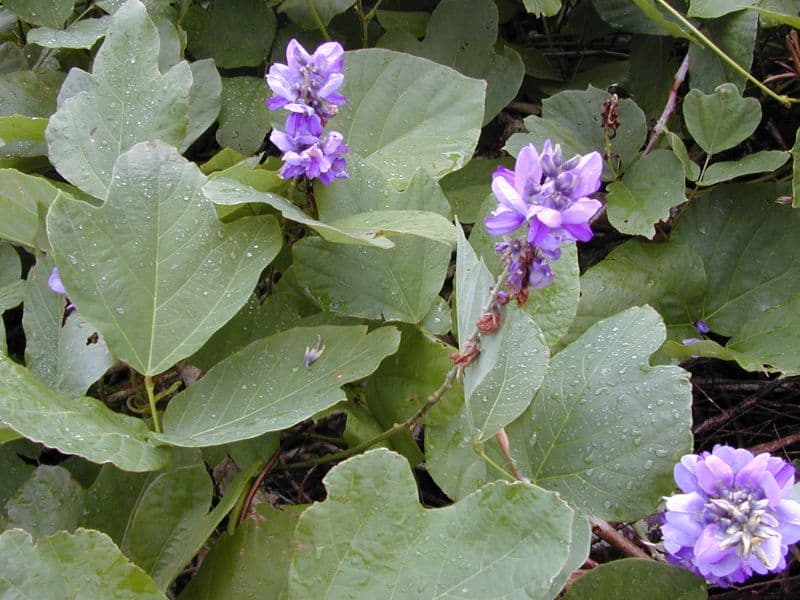
Although kudzu prefers forest regrowth and edge habitats with high sun exposure, the plant can survive in full sun or partial shade. These attributes of kudzu made it attractive as an ornamental plant for shading porches in the Southeastern United States, but they facilitated the growth of kudzu as it became a “structural parasite” of the southern states, enveloping entire structures when untreated and often referred to as “the vine that ate the south”.
II. How to Grow and Care
Watering
Adapted to the humid climates of its native habitat, kudzu thrives with moderate moisture and exhibits drought resistance. The watering schedule for this species should align with once every three weeks, ensuring a balance that supports its water habits without over-saturation. Commonly grown outdoors due to its vigorous growth habit, kudzu is an ideal candidate for naturalizing in areas where it can benefit from seasonal rains and manage well during dry spells.
Propagation
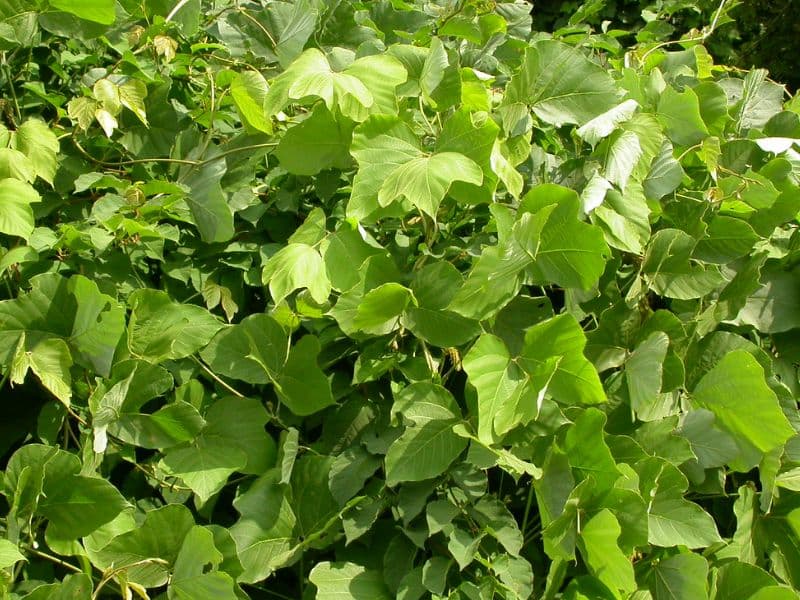
Kudzu propagates best in Spring, primarily using tubers as the preferred method. Its propagation is moderately easy, with successful signs including new shoots and leaves. Ensure adequate moisture during initial growth.
Transplanting
The prime season to transplant kudzu is during the late winter to early spring (S2-S3), as this dormant period maximizes root development and minimizes plant stress. It thrives in well-drained areas with full sunlight exposure. Although kudzu is a hardy plant, ensure the root ball remains intact during the transplant process for optimal success.
III. Uses and Benefits
The main uses of kudzu are for food, for fiber, and as a medicinal plant; it is also used to make paper, for basketry, and as a food source for livestock.
The starchy root of kudzu has been used for food in China since before 540 CE, with specific cultivars bred for this purpose, and often sustained by Chinese people during famines that occurred throughout history. Kudzu starch is used as a thickening or gelling agent similar to arrowroot, tapioca or potato starch, and has many alleged benefits as a health food. Kudzu is still utilized for food in China, Japan, and Korea.
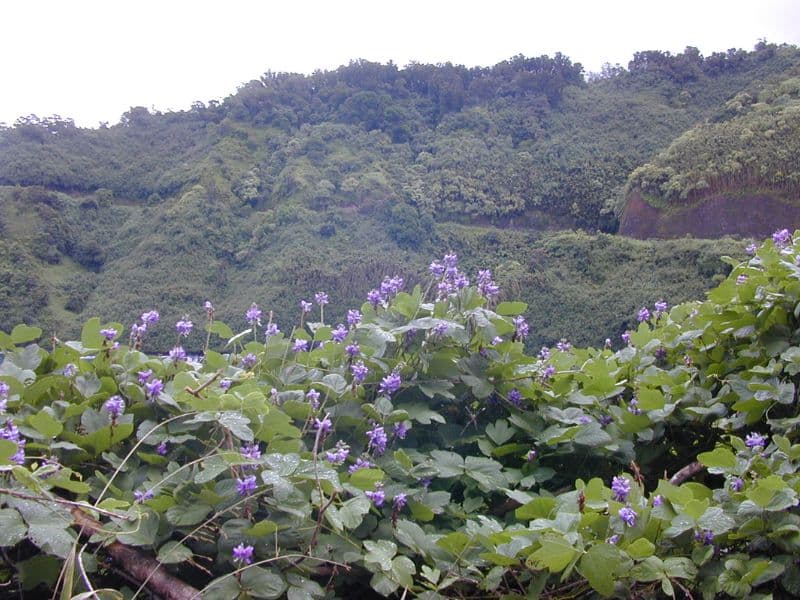
Kudzu starch is an important component of many Japanese confections and sweets, valued for its ability to set firmly with a fine, translucent appearance. It is also turned into flour and can be used to make noodles. Kudzu is furthermore considered an important medicinal plant, and is sometimes sold as a supplement in health food stores.
Kudzu cloth is called “ko-pu” and archaeological records indicate that ko-pu was used in China at least 6,000 years ago. From the Zhou dynasty to the early twentieth century, kudzu was one of three major textile materials used in China, with the others being silk and ramie. Kudzu textiles were inexpensive and widespread, and formed such a major part of commerce that the Zhou dynasty had a specific office for dealing with kudzu-related affairs. In Japan, the earliest evidence for kudzu cloth dates back to 300-538 CE, and it continued to be used into the Edo period.
Kudzu fiber is a bast fiber, like linen or hemp. To obtain the best fibers, the new young vines are harvested in summer and boiled, then left to be fermented by the action of naturally occurring bacteria in mounds of grass until the outer bark becomes slimy and can be washed off in running water.
In 2023, kudzu was used to develop a biodegradable alternative to plastic food packaging.
IV. Impacts of global changes
Changes in the global environment such as higher CO2 levels, higher temperatures, greater rates of nitrogen deposition, and greater fragmentation of natural habitats are predicted to increase the spread of P. montana.
- Carbon dioxide
Kudzu is highly responsive to increased CO2 levels as it results in maximal leaf expansion, increase in leaf size, and an overall 12% increase in leaf production. In turn, the plant has higher turgor pressure which results in the improvements in its growth potential. As the atmospheric CO2 concentration continues to rise, it is possible for the potential enhancement of P. montana’s invasiveness.
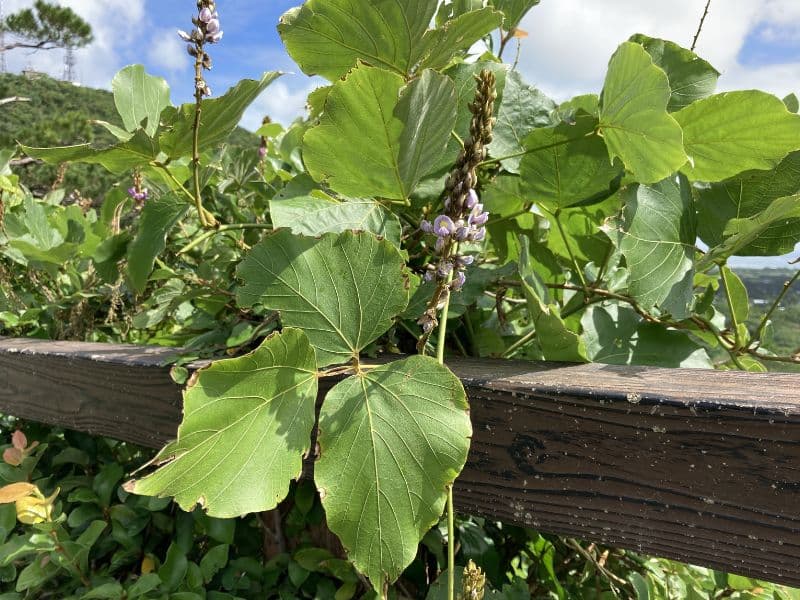
- Temperature
With global warming, overnight temperatures tend to increase. Data collected in the United States over the past few decades showed a reduction in frost days, an earlier date for the last freeze in spring, and a later date for the first freeze in fall. These favour the spread of P. montana.
The northward distribution of P. montana is hypothesized to be limited by low temperatures. Cold temperatures cause their leaves to be killed off and their leaf expansion to be lagged. However, with the continuous rise in global temperature, it is predicted that P. montana will rapidly spread northward as a result of the increased number of warmer days.
Find Where to Buy the Best Kudzu (Pueraria montana)

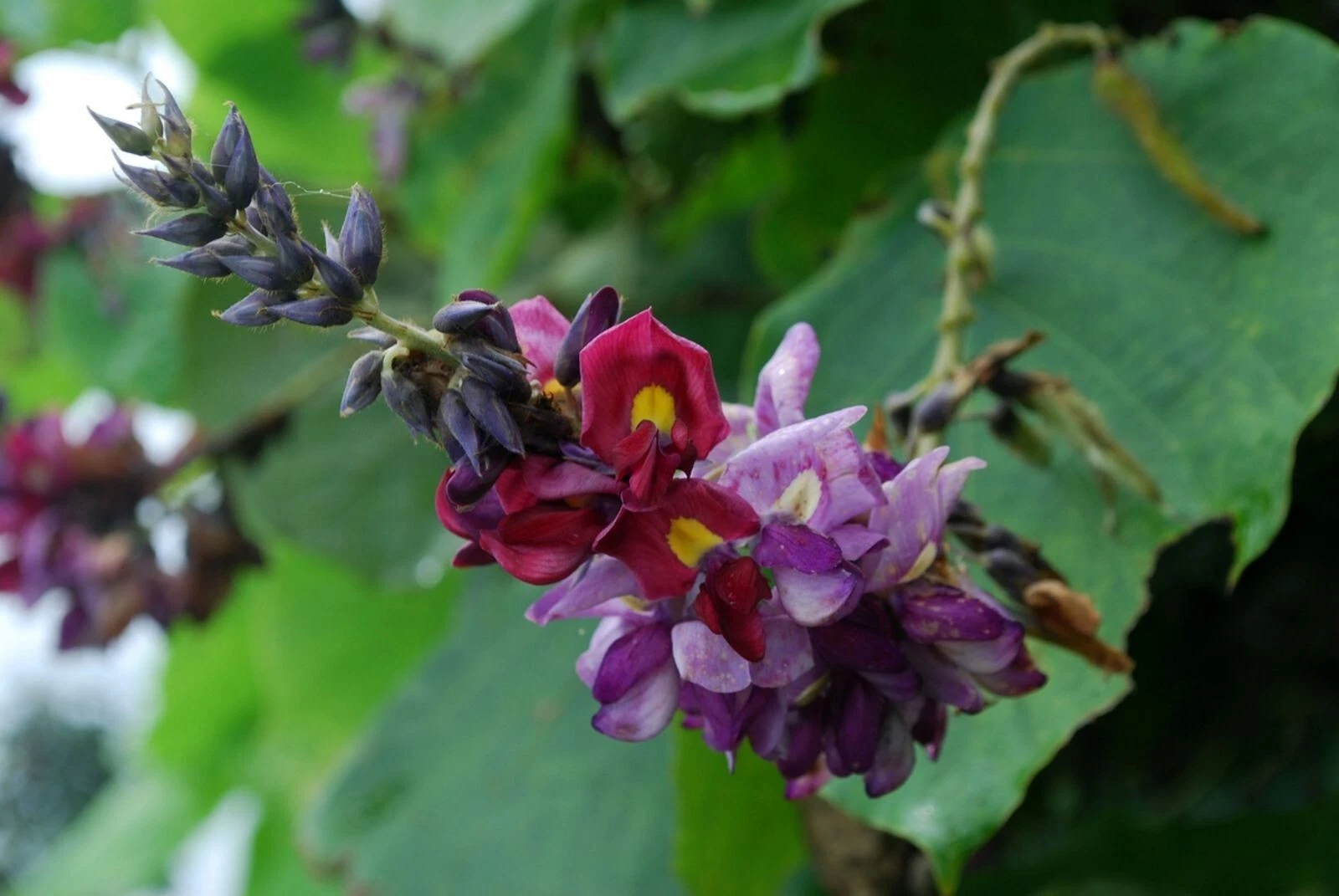



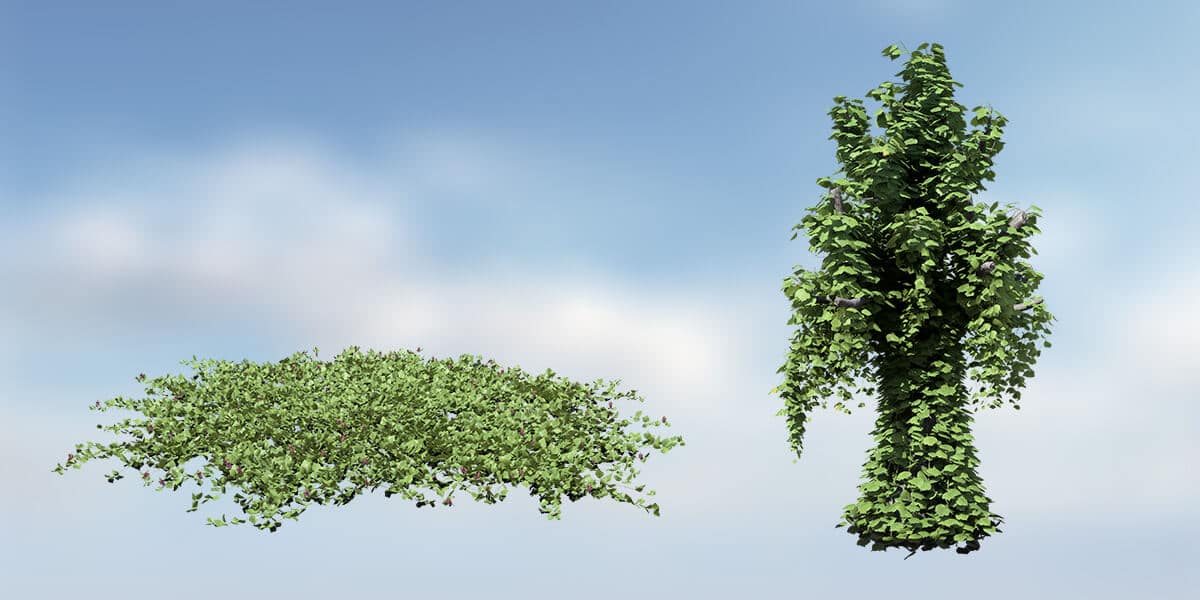
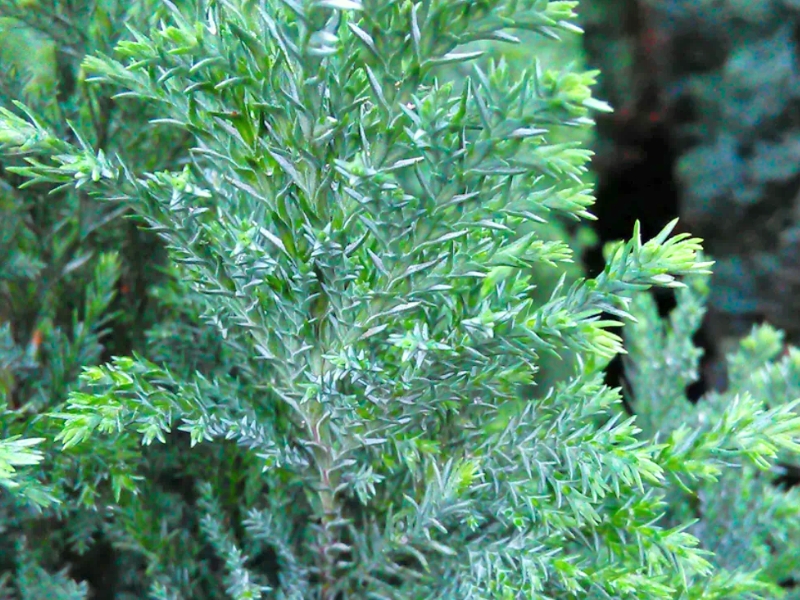
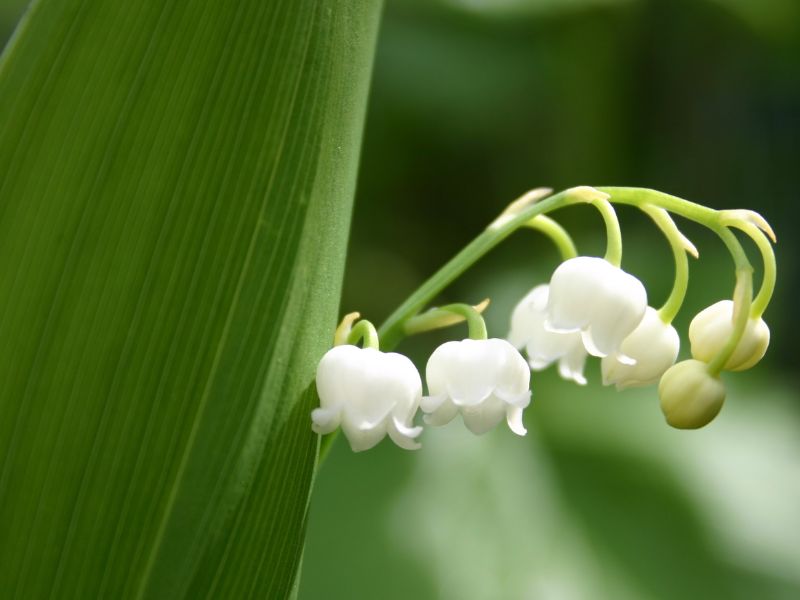
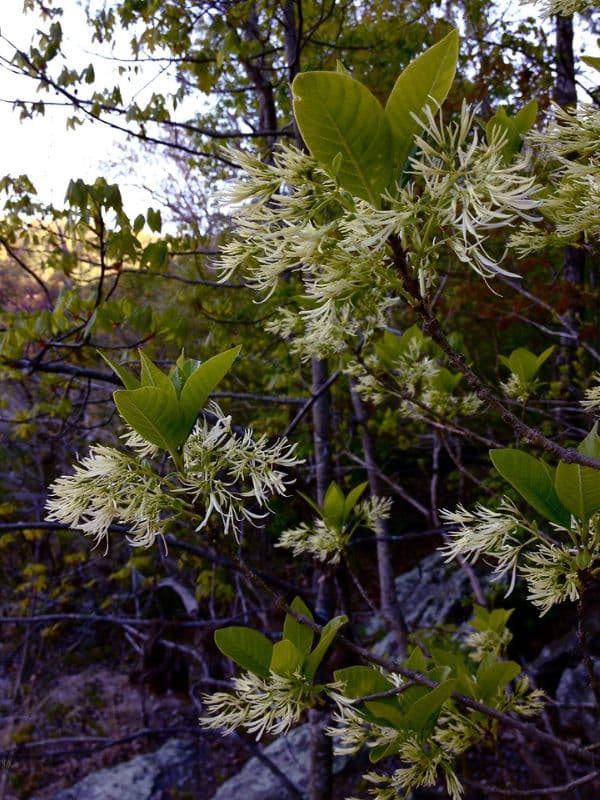
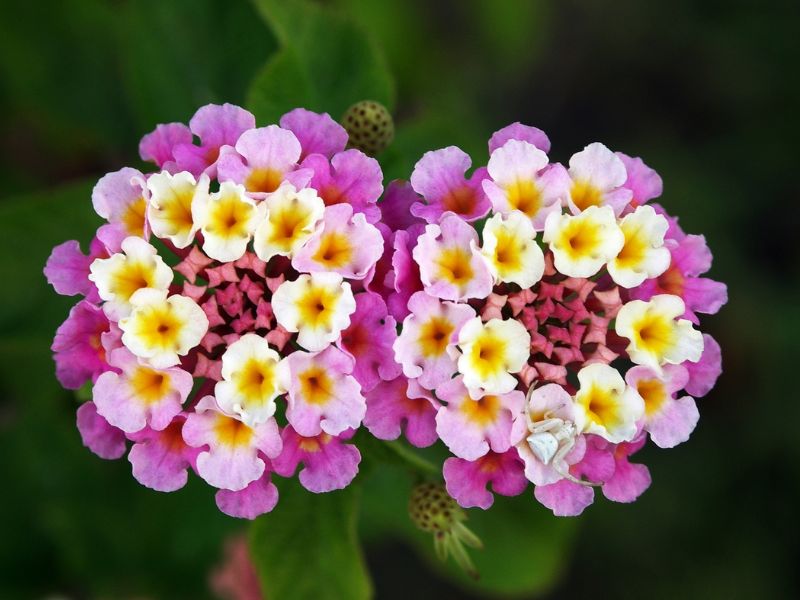
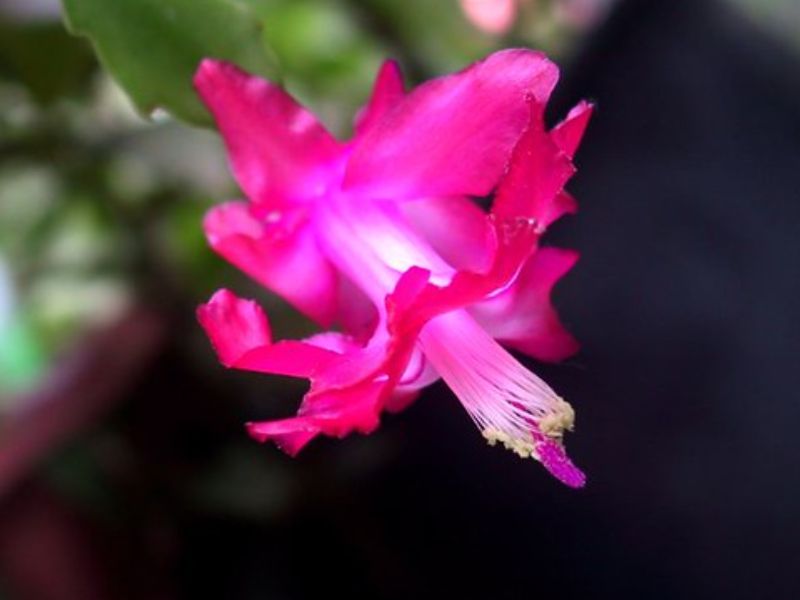
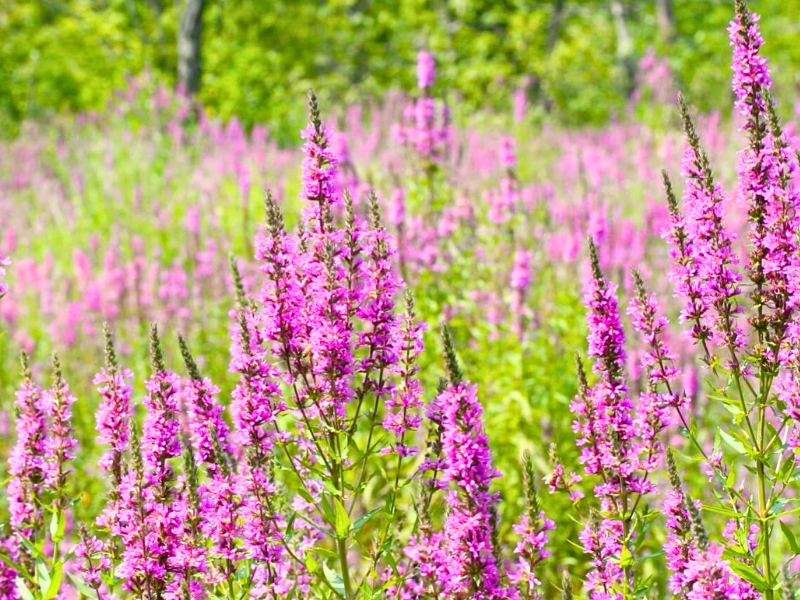
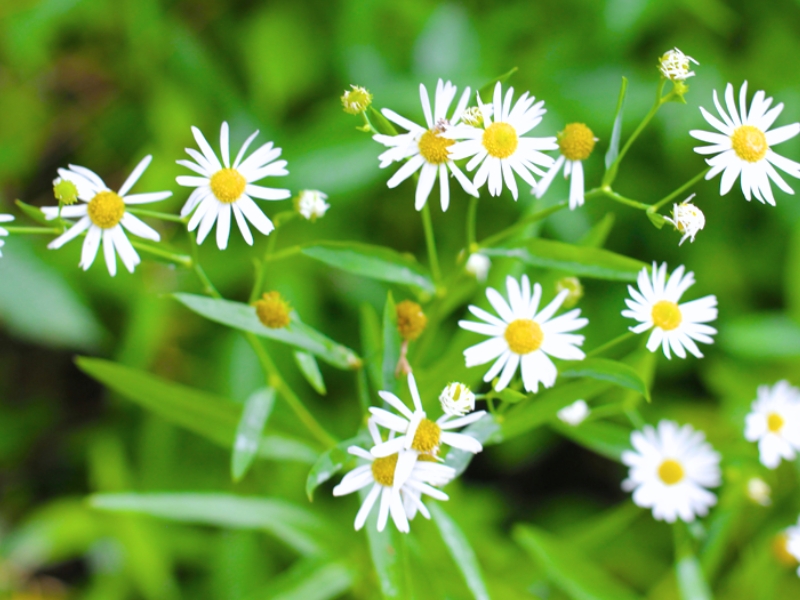
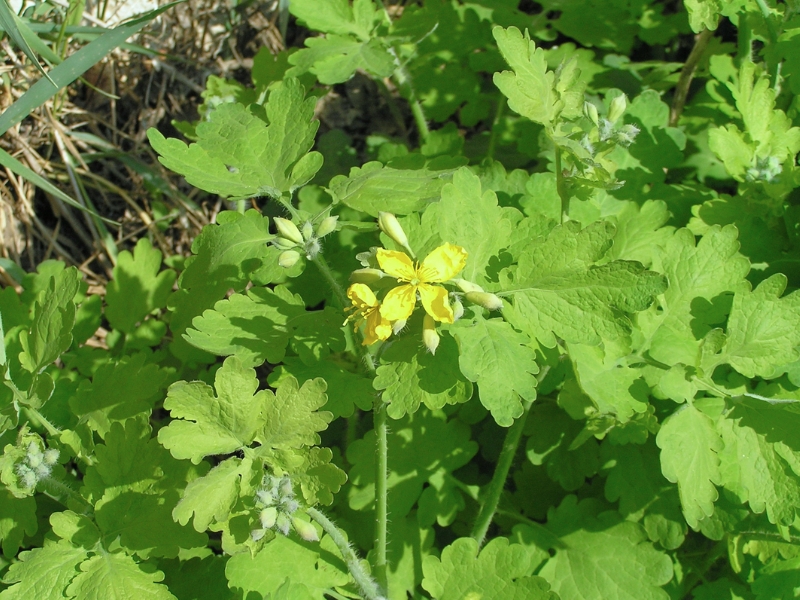
Leave a Reply